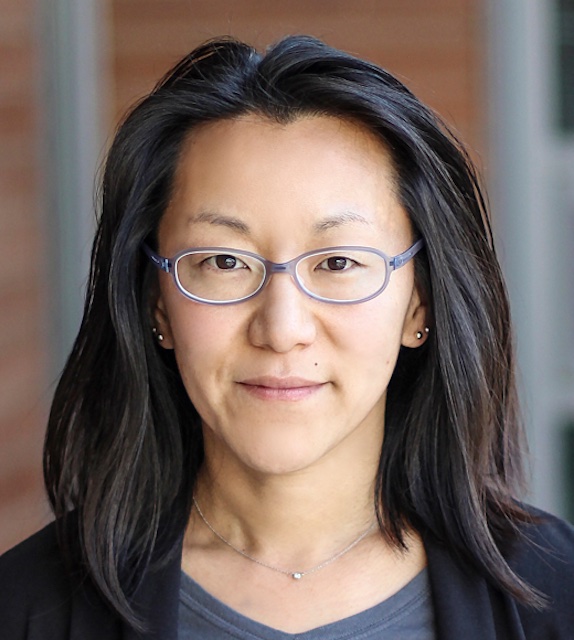David Michael Jaros, Perfecting Criminal Markets, 112 Colum. L. Rev. 1947 (2012).
The relationship between antisocial behavior and criminal legislation seems straightforward. When people behave in undesirable ways, legislators respond by prohibiting that behavior and imposing punishments for transgressions: so far, so good. What if, though, these laws actually (though unintentionally) facilitated crimes? This counterintuitive idea is central to David Michael Jaros’s provocative article, Perfecting Criminal Markets.
Under an economic approach, legislators deter crimes by creating potential punishments that outweigh any perceived benefit to the would-be criminal. In reality, though, the creation of these crimes results in the emergence of black markets, whether for illegal drugs, prostitution, or other prohibited goods and services. Thus, closing the border creates a market for human smuggling, and criminalizing the sale of certain drugs creates a black market for their purchase and sale. While the existence of criminal markets is well trod scholarly ground, Jaros offers a fresh insight about their operation. Criminal markets also create new opportunities and new markets for individuals that would not exist without the creation of the “first order” crime. The illegal immigration market leads to the smuggling of persons across the border, often in deadly conditions. The illicit drug market leads to the sale of fake illegal drugs and gun violence. A common legislative response to these “second order” problems—a new round of criminalization—creates a dilemma.
While the prohibited conduct of these second order crimes poses independent social harms, it also presents a surprising benefit. From an economic analysis, second order crimes actually promote market failures: a result that shouldn’t be thwarted. Like markets for legitimate goods, criminal markets—especially the market for illicit drugs—face distortions. Information asymmetries between buyers and sellers permit the sale of fake illicit drugs, just as used car buyers risk “lemons” in an unregulated secondary market. Because illicit drug market participants lack access to legitimate legal recourse, they resort to guns, an additional cost and risk attendant to the illegal drug commerce. That same gun violence facilitates reduced competition among sellers, thus raising prices and reducing the number of drugs sold.
Yet when legislatures decide to criminalize or to increase penalties for these second order crimes, they strengthen rather than weaken criminal markets. By making the sales of fake drugs a crime—something that more than thirty five states do—legislatures make the drug market more efficient, just as state consumer protection laws, for example, protect buyers from buying defective used cars. By adding additional penalties to those smugglers of illegal immigrants, Congress perfected the market for illegal immigration by encouraging safer transportation by smugglers. Jaros asks us to set aside the “criminal” label from these markets for a moment to help demonstrate how second order criminalization is really little different from the ways in which legislatures help make legitimate markets work more efficiently.
How should we understand this relationship between first and second order criminalization? Jaros raises several points that demand attention from the criminal justice audience.
First, because second order crimes have the potential to encourage more crime, legislators should be careful when criminalizing second order antisocial conduct. Jaros does not suggest that legislators should avoid second order criminalization altogether. What legislators must appreciate, however, is that there is a complicated relationship between first and second order crimes that urges some balancing of the relative costs and benefits of further criminalization and the potential enhancement of the first order criminal market. (I’m less confident that police and prosecutors can or should take into account these complex relationships, but this is a minor objection.)
Second, the identification of second order crimes adds a further dimension to the overcriminalization debate, the long running scholarly critique of the ever growing number of substantive criminal laws on the books. If criminal markets give rise to new criminal opportunities, legislators should realize that each expansion of the criminal law “plants the seeds for new antisocial activity to be criminalized.” (P. 37.) Thus at least some of the overcriminalization phenomenon might be explained by the interplay between first and second order criminal markets.
Finally, Jaros explains how second order crimes might be useful in the debate about harm reduction strategies that serve as alternatives to criminalization, such as needle exchanges or HIV testing for sex workers. Such policies often lack broad acceptance on the ground that they promote rather than deter the undesirable behavior, even if they might confer benefits, such as stanching the spread of communicable diseases. Second order crimes provide harm reduction strategists with a powerful rejoinder. If second order crimes might be said to condemn antisocial behavior even as they facilitate crime, the same could be said of harm reduction strategies, which have the additional benefit of promoting social welfare for the people involved in these criminalized behaviors.
I’m generally skeptical of the use of economic theories to rationalize criminal law. Many crimes are the result of impulsive behavior that no cost-benefit analysis could predict. Yet in Perfecting Criminal Markets, Jaros uses the concept of second order crimes to generate novel insights about several different criminal law debates. With his original analysis, Jaros can persuade even the most hidebound that automotive “lemons” and fake crack cocaine might have something important in common.








